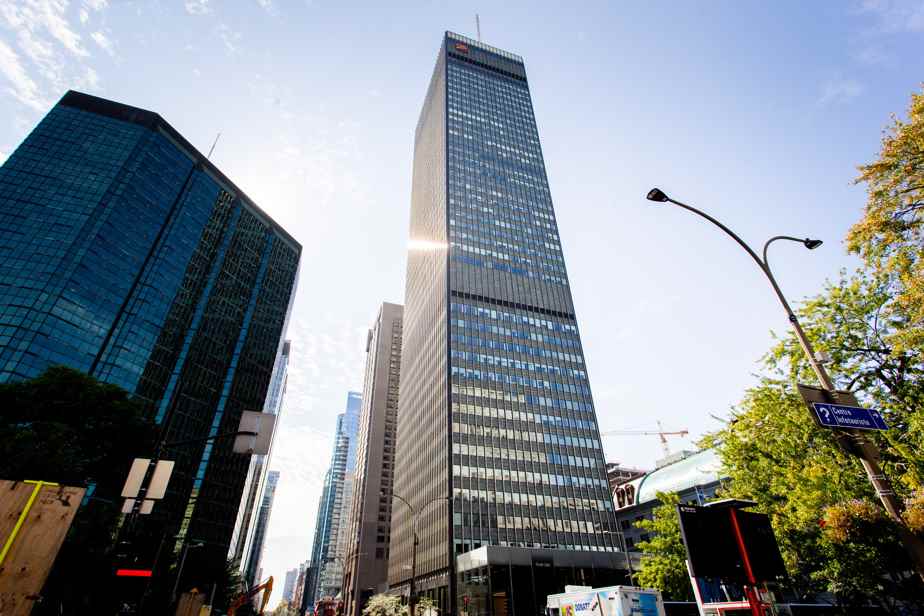The rise in the number of workers returning to office towers has come to a halt with the resurgence of COVID-19 cases in Montreal, according to an indicator tracking pedestrian traffic downtown.
Posted at 5:00 a.m.
According to the Vitality index of the real estate agency Avison Young, whose data is available on the Internet, pedestrian traffic has been at a standstill in Montreal since the beginning of June, averaging around 128,000 people per day.
That’s about 40% of pre-pandemic ridership.
The Avison Young Vitality Index uses data from Orbital Insight, a location data analyst. “Orbital Insight aggregates anonymized mobile phone location data targeted to specific locations to estimate total foot traffic in every city and industry. Data goes back to June 2019 in the United States and early 2020 in Canada, allowing comparison with pre-pandemic levels,” the agency explains on its website.
Before the pandemic, daily traffic in downtown office towers averaged over 300,000 people. A recent low was observed in December 2021, during the Omicron wave, when the daily average dropped to 53,000 people.
Since the last week of December 2021, when the Legault government reintroduced the curfew, the increase in attendance has been encouraging, rising from 53,000 at the end of December to 128,000 people on average per day at the end of May. . Then came the seventh wave.
Since May 30, traffic in the towers of downtown Montreal has fallen by nearly 10%, the third worst score among the 23 North American cities listed by the Avison Young index.
“It would be more accurate to say that the 7e wave stopped the mandatory return of workers to offices,” said Marie-France Benoit, director, market intelligence in Canada, at Avison Young. According to her, too many factors could possibly explain the decline, for example the start of the summer holidays.
In this regard, we note that cities in the Northeast of the United States of similar size to Montreal, such as Boston and Philadelphia, have recorded respective increases in traffic of 46% and 29% since the 1er June.
In fact, the recent decline appears to be a Canadian phenomenon, with five of the six cities registering declines since 1er June are located north of 49e parallel, the exception being Nashville, Tennessee.
The vacancy marks a break
All is not black in the office market in Montreal, however, indicates the market study of CBRE, a real estate agency competing with Avison Young, in the second quarter of 2022.
“The vacancy rate has remained flat since the last quarter at 16.1%,” it reads. “This is the first time that vacancy has not increased quarter over quarter since the start of the pandemic. […] The second quarter of 2022 is also the first quarter in which the city center recorded positive net absorption, we continue. In fact, more office space was rented or withdrawn from the market than was added during the months of April to June inclusively. »
Learn more
-
- – 58.8%
- Decrease in pedestrian traffic downtown since the start of the pandemic on July 18, 2022. On May 23, the decline was 56%.
Source: AVISON YOUNG VITALITY INDEX

